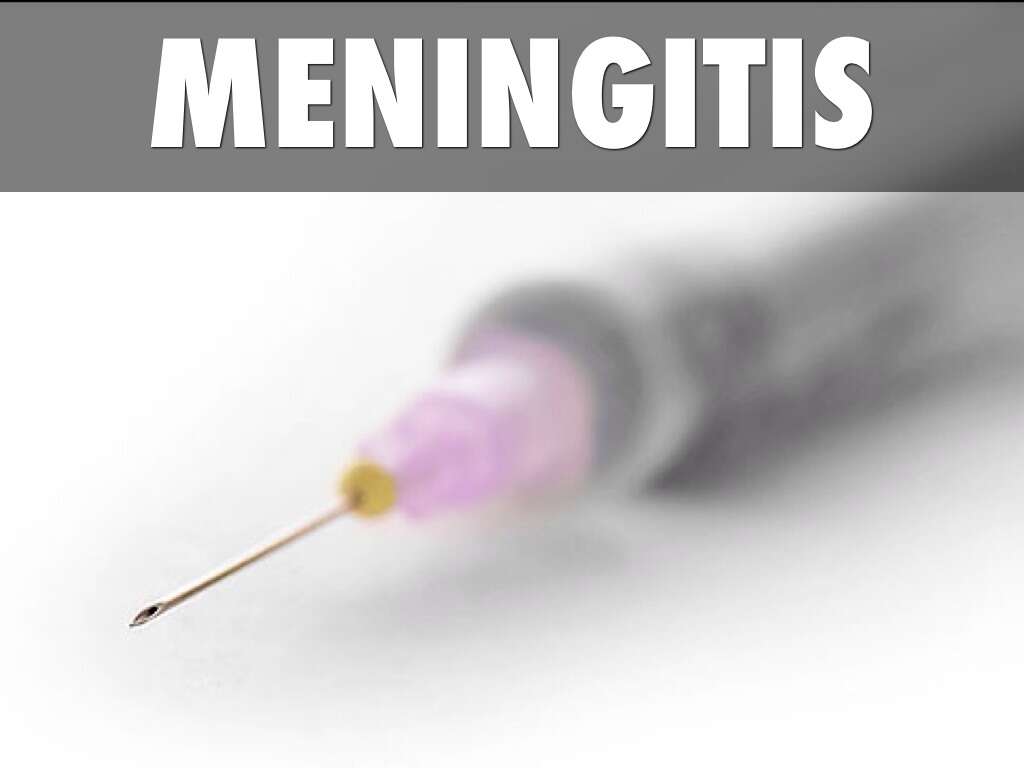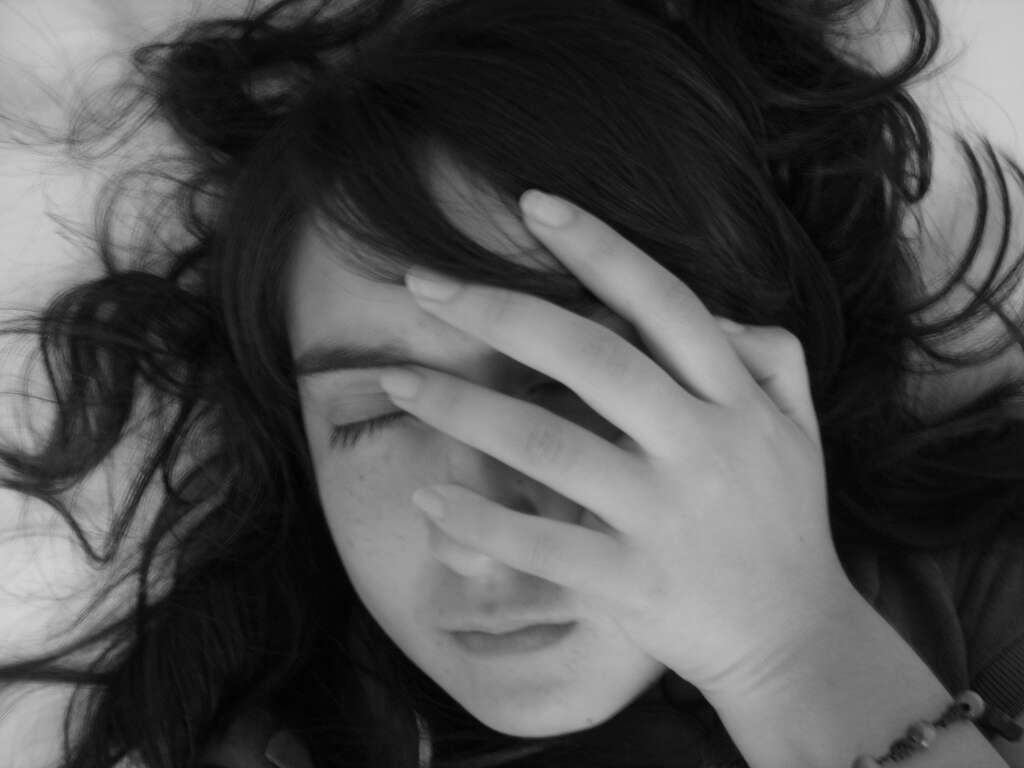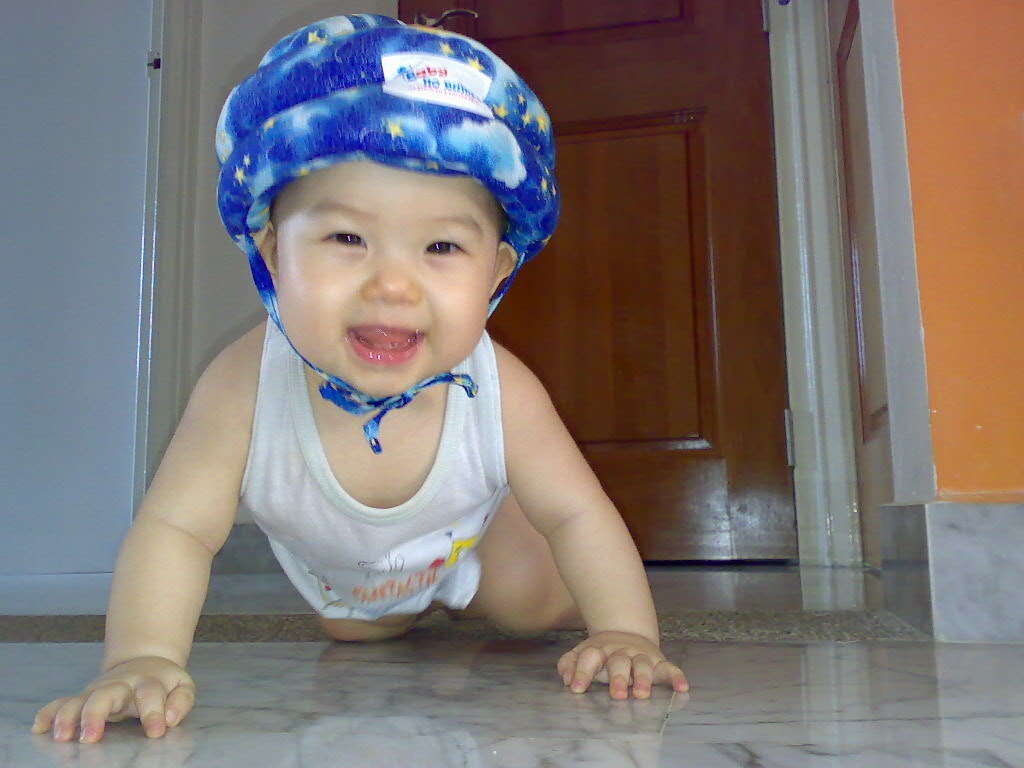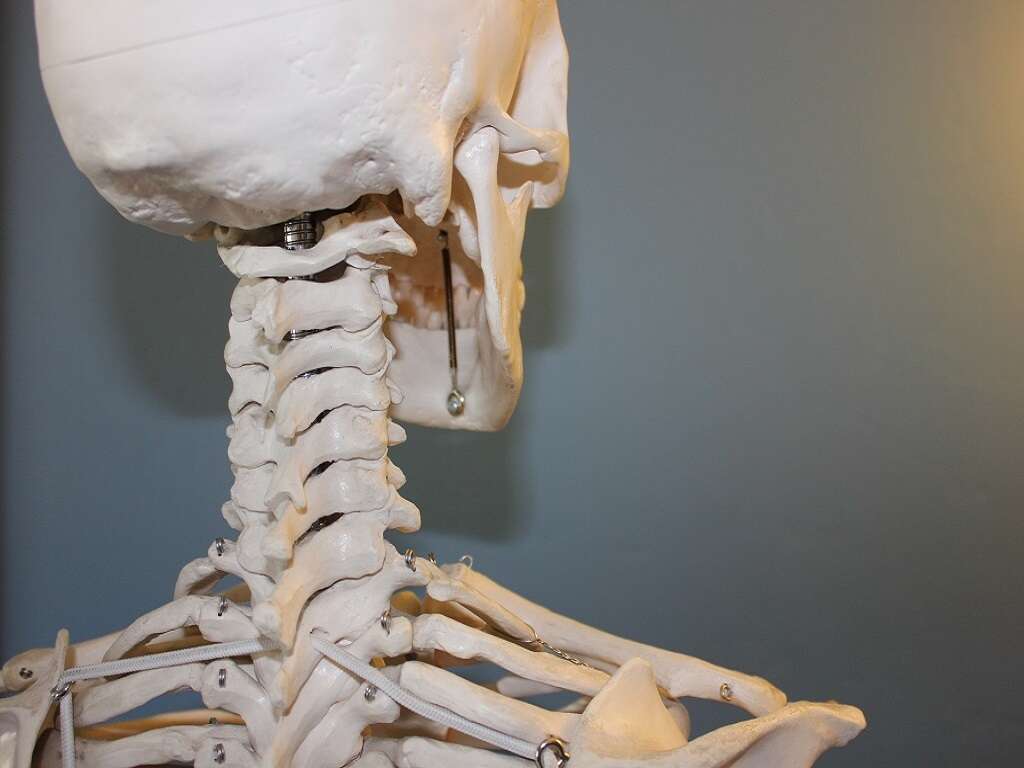10 Symptoms of Meningitis
Meningitis is a rare disease that affects the meninges; the protective tissues and fluids covering the brain and the spinal cord. The word meningitis means inflammation of those tissues, the meninges. And although most cases of meningitis are caused by bacteria and viruses, the disease may also be caused by fungi, parasites, some drugs and autoimmune conditions. Meningitis is transmitted through breathing, coughing, sneezing, kissing and sharing utensils and cutlery.
Meningitis can affect people of any sex and age. However, it is more common in infants, young children, teenagers and the elderly. This serious disease should be treated as soon as possible to prevent more serious complications. If treatment is delayed, brain and nerve damage, a condition known as septicemia, or even death may occur. Below are 10 common meningitis symptoms.

Symptom #1: Rash
When people think of meningitis, the appearance of a severe rash might come to mind. However, a rash does not always appear in cases of meningitis (even in meningococcal meningitis), and the word ‘rash’ itself is misleading. For the purpose of this article, we will keep referring to this symptom as a rash. Specifically, meningococcal bacteria are the most common (yet rare) cause of meningitis rash. Neisseria meningitidis is a bacterium that can colonize and invade through the upper respiratory system, travel through the bloodstream and cause severe illness (septicemia) by multiplying rapidly and producing toxins that damage vessels and organs. The affected vessels can become more permeable and blood can ‘leak’ into surrounding tissues and appear as a “rash” on the skin. It can be either purpuric or petechial and may signify that the patient has septicemia.
Petechial rash can be the first to appear and it is characterized by pinprick red or purple spots on the skin that can look like flea bites. Petechiae are 1-2mm and usually appear in areas where pressure occurs (i.e. stockings). In such cases, you can carry out the glass test: if the rash fades when pressed it is a blanching rash. The petechial rash seen in meningitis is usually non-blanching. Furthermore, purpuric rash can also be observed. It looks like bruising or reddish-purple areas.

Symptom #2: Sore and Stiff Neck
A stiff, painful neck is a typical meningitis symptom that affects many patients. In patients with meningitis, traction on the meninges can be painful, since they are inflamed. This can result in limited range of motion through the spine (i.e. cervical spine). When a patient flexes their spine, it leads to the stretching of meninges and can be very painful. This is the basis for certain signs used in the clinical physical examination of a patient. The Kernig and Brudzinski signs have been used to diagnose meningeal irritation, however, they are not sensitive for the diagnose of meningitis. This collection of meningitis symptoms can also be seen in babies and young children. They may also be accompanied by other signs like vomiting and hypersensitivity to light or photophobia. .
If the meningitis symptoms have reached this far, the disease is already at an advanced stage and you should get immediate medical attention. It is worth repeating that meningitis can lead to serious complications including brain and nerve damage, or even death.

Symptom #3: Swollen Fontanel
A swelling of the soft space on the top of an infant’s head may be a sign of meningitis. Fontanelles are comprised of the soft membranous gaps that lie between the cranial bones of an infant. These allow for a baby’s brain to expand as it grows. The fontanel may just feel tight or the swelling may actually cause a bulge. Whichever signs you see on the baby’s head, it indicates an increase in intracranial pressure. There are several reasons why this may occur, and meningitis is one of them.
Immediate action is required even if there are no other symptoms. Also bear in mind that meningitis does not present with the same symptoms in every patient. The swelling on the head may be the only physical sign on infants.

Symptom #4: Sudden Headache
A severe headache with a sudden onset may be a sign of meningitis. , specially if accompanied by other symptoms of meningitis. It may be caused by bacterial exotoxins, cytokines, and an increase in intracranial pressure, that stimulate receptors for pain (nociceptors) in the meninges. Patients with meningitis may experience an accentuation of the pain when they shake or jolt their head vigorously. The headache is usually one of several other meningitis symptoms including pain and stiffness in the neck, nausea and vomiting. A headache due to meningitis is different from headaches caused by factors like dehydration or even migraine.
The persistent, severe pain will not stop after rehydrating and may go on for several days. Even taking an over the counter pain medication may not relieve the meningitis headache. If you or a loved one suffers a sudden, severe headache in addition to one or more other meningitis symptoms, see a doctor immediately.

Symptom #5: Fever and Chills
A high or low fever which may be accompanied by chills, are additional meningitis symptoms. These symptoms may be confusing as to whether they signify meningitis or flu. In both cases fever may occur. In meningitis, fever occurs because of meningeal inflammation, and serves as part of the body’s self-defense mechanism to eliminate the pathogen responsible. Cytokines released during the immune response to the pathogens affect neurons in the hypothalamus (an area of the brain), that are in charge of the body’s temperature regulation. Invading pathogens also produce substances (pyrogens) that can contribute to the re-set of the hypothalamic thermal set point and cause fever. Younger children are less likely to exhibit the classic symptoms of fever, headache, and meningeal signs.
If you or your child has an unexplained fever that is accompanied by another symptom suggestive of meningitis, take him to a doctor without delay.

Symptom #6: Inability to Concentrate
Difficulty in concentrating may indicate that you or a loved one has meningitis, specially when accompanied by other characteristic symptoms. The difficulty occurs when the inflammation and swelling in the tissues and fluid surrounding the brain cause excess pressure on the brain. This may affect the brain regions responsible for concentration to malfunction and reduce the ability to concentrate. This symptom is most commonly seen in viral meningitis. On presentation, children with viral meningitis may report fever, headache, irritability, vomiting, stiff neck, or fatigue. For several weeks, patients may experience lack of coordination, irritability, and an inability to concentrate.
Signs of poor concentration include the inability to take part in conversation, read or complete other normal activities. It is worth noting that difficulty to concentrate may be associated with meningitis if the patient hasn’t had such a problem before. Other accompanying meningitis symptoms include a sudden, severe headache and a stiff neck.

Symptom #7: Photophobia
Photophobia is a term used to describe intolerance to light or light sensitivity. The patient may experience discomfort or the need to squint or close their eyes, when exposed to bright lights. This symptom can be seen in meningitis, as a consequence of meningeal irritation.
Light sensitivity is a common symptom seen in many neurologic disorders. However, its mechanism remains unclear. Elevation of intracranial pressure has been associated with neuronal damage that can affect cranial nerves, including the optic nerve. . If you notice that you or a loved has developed sensitivity to light besides other symptoms, seek medical attention.

Symptom #8: Nausea an vomiting
Nausea and vomiting are a common symptom of meningitis. The increase in intracranial pressure seen in meningitis, can stimulate the vomiting center in the brainstem (area postrema) and cause nausea and vomiting.
In children, projectile vomiting can be observed. It is a type of vomiting in which stomach contents are forcefully propelled. It usually comes in shorter and more violent bursts. However, it is not a symptom exclusive of meningitis.

Symptom #9: Seizures
Seizures are also common meningitis symptoms that occur in about 30 percent of patients. They may come in either early or in advanced meningitis. Seizures happen because the inflammation of the meninges and the fluid within them causes swellings around the brain. These swellings exert abnormal pressure on the brain which affects brain functions and leads to the seizures. Seizures may also result from the poisoning by the infection causing bacteria.
Meningitis-causing bacteria may also interfere with the body fluid balancing mechanism. This can lead to low sodium levels which may also cause seizures. Besides the seizures, the patient may develop an uncharacteristic posture and movements of the arms, legs, neck and head.

Symptom #10: Hearing Loss
Hearing loss is not strictly a meningitis symptom but a complication. It may occur when the disease is not treated, or treatment starts late. Hearing loss is most strongly linked to bacterial meningitis. Nerves that run between the ear and the brain can be damaged by the inflammation. If the swelling affects the inner ear, the cochlea can be damaged directly.
It is estimated that 30% of bacterial meningitis cases result in mild to severe hearing loss. In case of a child, the hearing loss may be accompanied by learning difficulties. Therefore, it is vital for patients who had bacterial meningitis to verify with a specialist that their hearing was not affected.











